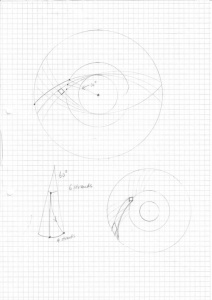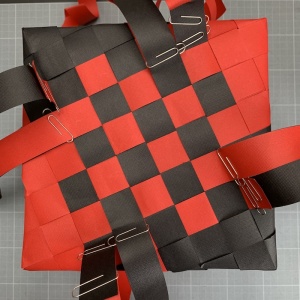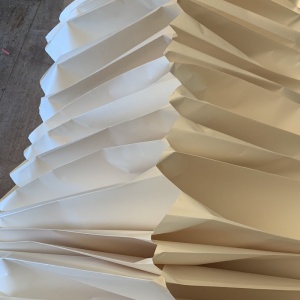At the beginning of 2020 I joined Forces in Translation, an inspiring group of people to work together to develop, explore and share our specialities in basketry, maths and anthropology. The project is funded by The Royal Society, Leverhulme Trust and the University of St. Andrews.
‘Forces in Translation works at the interface between basketry, mathematics and anthropology. We explore how the bodily knowledge in basket-weaving enhances spatial and geometric understanding through the gestural moves we make and bodily skills we use. The making process, from material to artefact, from plant to basket, further reveals important links with innovative and design thinking, from planning and problem-solving, to dexterity, attention focus and creating narratives. This has relevance for education, spatial awareness, geometric understanding, and creativity.’ (From the Forces in Translation website).
To find out more about the project please visit the Forces in Translation website.
The following posts were part of my contribution to the Forces in Translation project they have been shared on this website with the kind permission of the project team.

Skew Cube Research
Skew cube research came out of some initial investigations at the first Forces in Translations studio trial held face to face, in March 2020.

Tedi, the Windmill Loop Dog
As part of the November 2020 Studio Trials, with the theme of Looping and…the group was introduced to windmill knots by Hilary. I was so

1.1 Cone Weaving Investigations
Our fifth, and final studio trails, were held at Ruthin Craft Centre and quickly followed four days of trials at Kew Gardens. The focus for

1.2 Cone Weaving Drawings
Following on from the initial Cone Weaving Investigations (see post) on day one of the the Ruthin Studio Trials, Ricardo and I were still engrossed

2.1 My First Woven Skew Cube
Following the weeks after our first group gathering for Forces in Translation, I have been working in my studio on skew cubes. My first woven

2.2 From Woven Cube to Diagram
I’ve never considered drawing to be part of my practice, but more recently I’ve come to realise that I do like drawing. It is a




